Beneath the surface of your garden lies an entire hidden ecosystem — alive, buzzing, and working tirelessly to support your plants. While we often focus on watering, fertilizing, and sunlight, the real magic often happens underground, thanks to a cast of tiny organisms you rarely see but absolutely need.
From mycorrhizal fungi forming symbiotic partnerships with roots to nematodes that control pests and bacteria that unlock nutrients, these soil dwellers act as silent allies. They help plants grow stronger, resist disease, and access minerals no fertilizer could ever match. And the best part? They’re already living in your soil right now, quietly improving it — if you let them.
In this article, meet the 13 hidden helpers that transform plain dirt into a thriving, living soil web. Once you know who they are — and how to keep them happy — your garden may never be the same again.
Earthworms
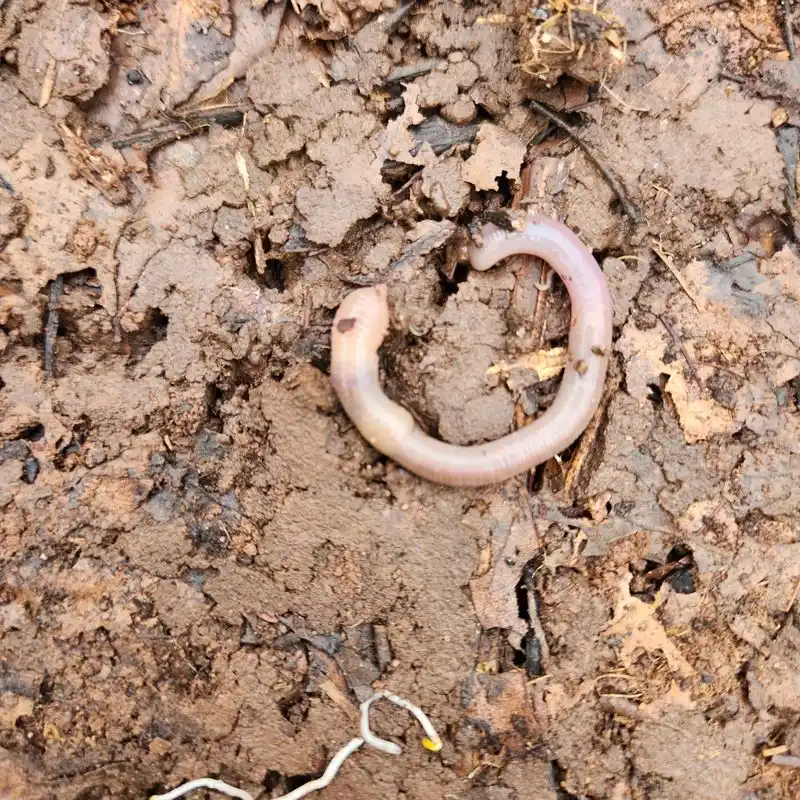
Beneath your feet, earthworms are tirelessly toiling, turning the soil and boosting its fertility. These natural tillers aerate the ground, allowing roots to breathe and grow. Their castings, rich in nutrients, enhance the soil’s structure and fertility.
Earthworms are silent workers. As they burrow, they create channels that improve water infiltration and prevent erosion. Their presence is a sure sign of healthy soil. Did you know some species can grow up to 14 inches long? Their commitment to gardening is unmatched.
Incorporate organic matter into your garden to attract these beneficial creatures, and watch your soil transform.
Mycorrhizal Fungi
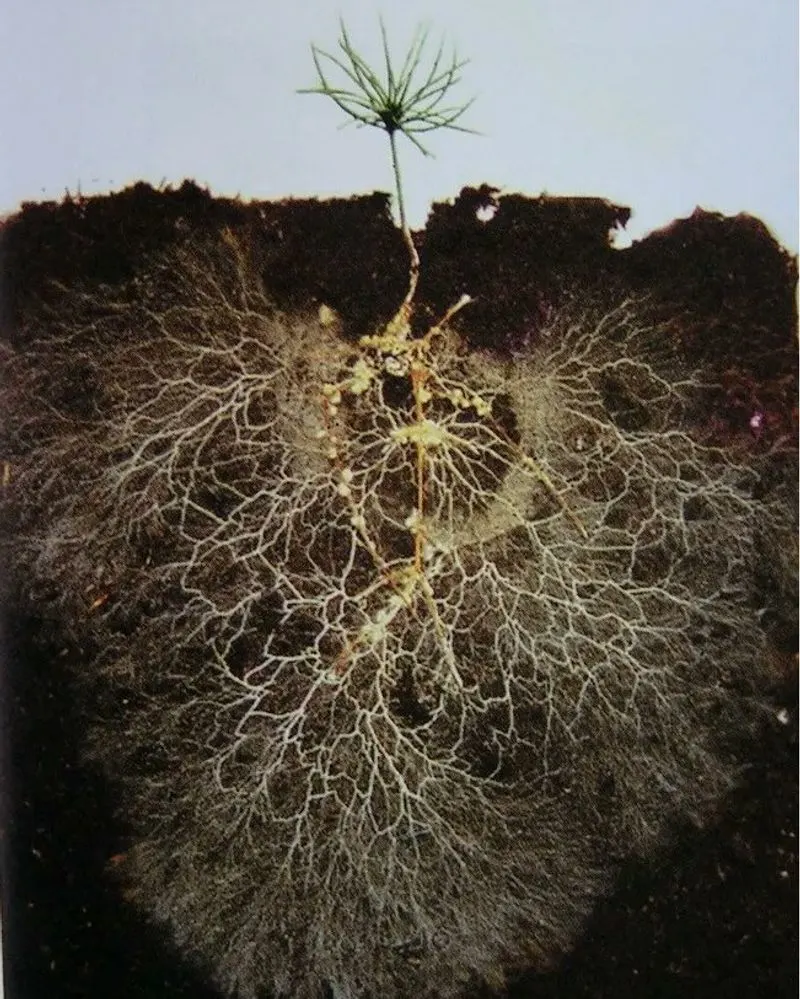
Envision a hidden network beneath your plants, facilitating nutrient exchange and enhancing growth. Mycorrhizal fungi form symbiotic relationships with plant roots, extending their reach for water and nutrients.
These fungi are not just beneficial; they are essential for many plants’ survival. They help plants withstand drought and resist pathogens. A fun fact: over 90% of plant species form associations with mycorrhizal fungi.
To promote their growth, avoid over-fertilizing and disturbing the soil. This invisible partnership strengthens your garden’s resilience and productivity.
Nematodes
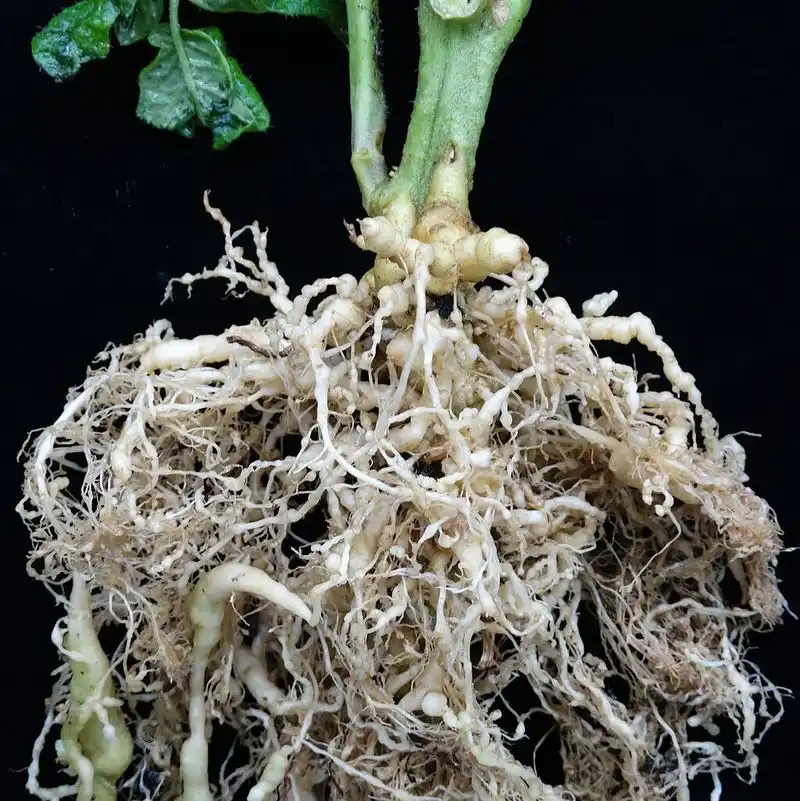
Imagine tiny worms playing a big role in pest control. Nematodes are microscopic creatures that lurk in the soil, some of which prey on harmful insects, keeping their populations in check.
While some nematodes can be harmful, the beneficial types are invaluable. They contribute to nutrient cycling and improve soil structure. Did you know there are over 20,000 known nematode species?
Focus on maintaining balanced soil conditions to enhance nematode activity. Their quiet diligence supports a thriving garden ecosystem.
Bacteria
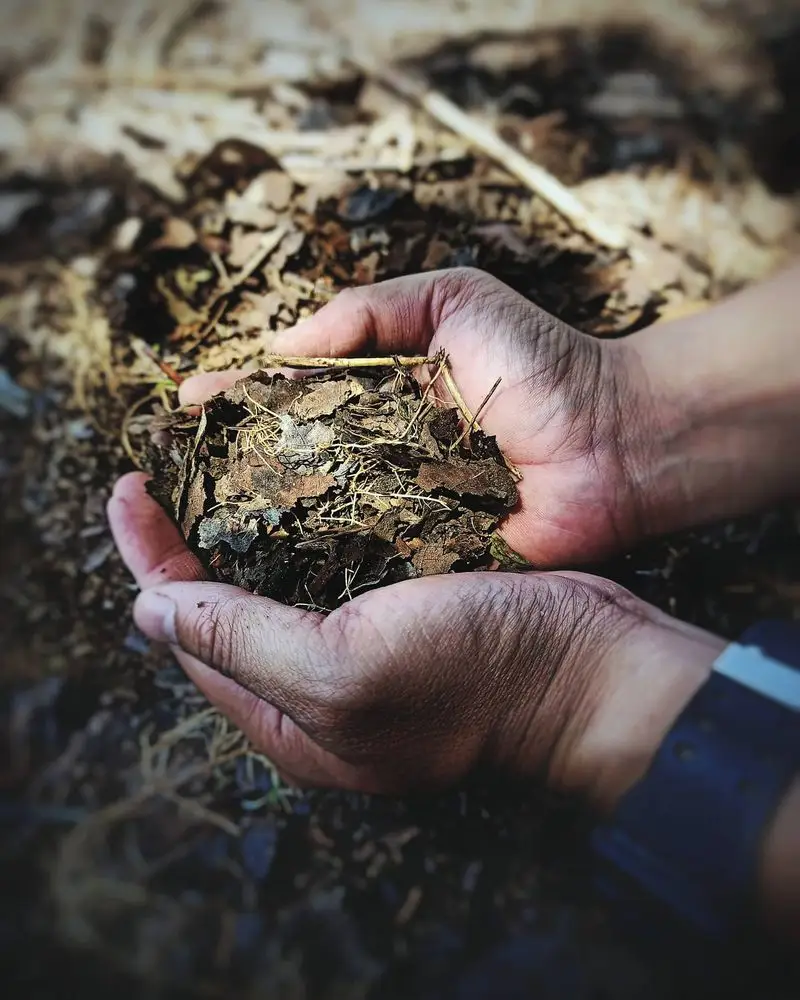
These microscopic powerhouses are crucial for nutrient cycling and organic matter decomposition. Bacteria break down complex substances into simpler forms, making nutrients available to plants.
Without them, soil fertility would plummet. Certain bacteria also fix nitrogen from the atmosphere, enriching the soil. An interesting tidbit: a single teaspoon of productive soil contains up to a billion bacteria.
To encourage beneficial bacteria, keep the soil moist and organic content high. Their invisible hand is a cornerstone of a flourishing garden.
Actinomycetes

With a unique smell reminiscent of fresh earth, actinomycetes are crucial players in breaking down organic material. These filamentous bacteria decompose tough plant fibers, contributing to soil structure.
They are responsible for that “earthy” scent after rain. Actinomycetes also produce antibiotics that suppress soil-borne pathogens, protecting plants naturally.
Enrich your soil with organic matter to support their growth. Their presence signifies robust and healthy soil.
Protozoa
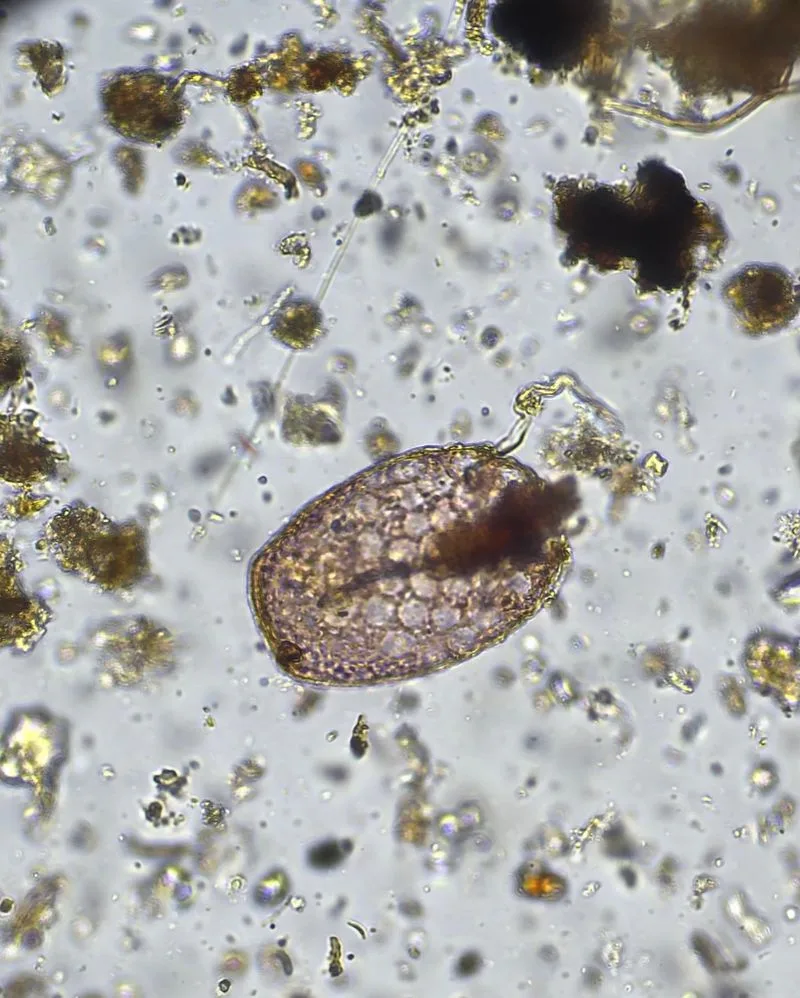
Protozoa might be small, but they play a mighty role in the soil ecosystem. As they feed on bacteria, they release nitrogen, making it available to plants.
These tiny organisms help control bacterial populations and are indicators of soil health. With over 30,000 species, their diversity is astounding.
Maintain a balanced soil environment to foster protozoa activity, enhancing nutrient cycling and soil vitality.
Springtails
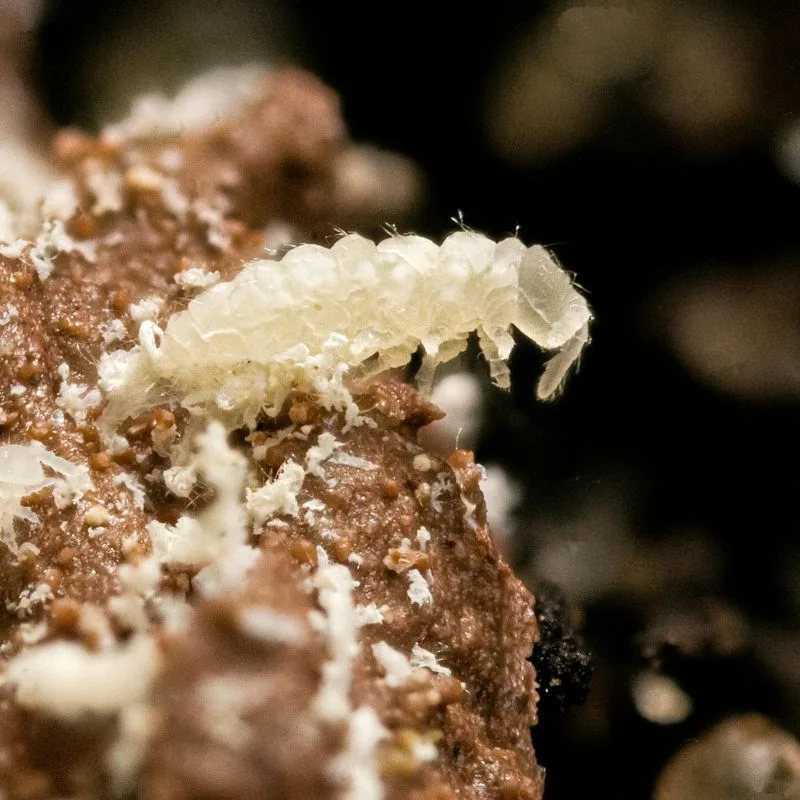
Springtails are tiny acrobats of the soil, known for their ability to leap great distances relative to their size. They feed on decaying plant material, aiding in decomposition and nutrient cycling.
These creatures are indicators of healthy soil and help control fungal growth. Fun fact: springtails can jump up to 100 times their body length!
A well-aerated and moist soil environment keeps them thriving. Their presence signals a well-balanced ecosystem.
Arthropods
Arthropods, such as beetles and ants, are the movers and shakers of the soil world. They break down organic materials, facilitating decomposition and nutrient cycling.
Their activity creates spaces for air and water to penetrate the soil. Arthropods also prey on pest insects, naturally controlling their populations.
Encourage their presence by maintaining organic mulch and avoiding excessive tillage. Their activity signifies a thriving and balanced soil ecosystem.
Fungi

Fungi are the recyclers of the natural world, breaking down organic matter to release nutrients back into the soil. They form symbiotic relationships with plants, aiding in nutrient and water absorption.
With their vast mycelial networks, fungi improve soil structure and resilience. A fascinating fact: fungi can make up a significant portion of the soil biomass.
Support fungal growth by reducing soil disturbance and providing organic matter. Their presence enriches the soil and enhances garden vitality.
Mites

Mites might be tiny, but they play a crucial role in soil health. They aid in the decomposition of organic matter, contributing to the nutrient cycle.
These small arachnids feed on fungi and plant debris, helping control fungal populations. Did you know that soil mites can number in the hundreds of thousands per square meter?
Keep your soil healthy with organic material to support mite activity. Their unseen work is vital for a balanced ecosystem.
Algae

Algae thrive on the soil surface, especially in moist conditions. They contribute to soil fertility by fixing atmospheric nitrogen and adding organic matter.
These simple organisms can photosynthesize, providing oxygen and organic compounds to the soil. Algae’s presence often indicates a balanced and fertile environment.
Promote algae growth by ensuring adequate moisture in your soil. Their contribution to soil health is subtle yet significant.
Millipedes
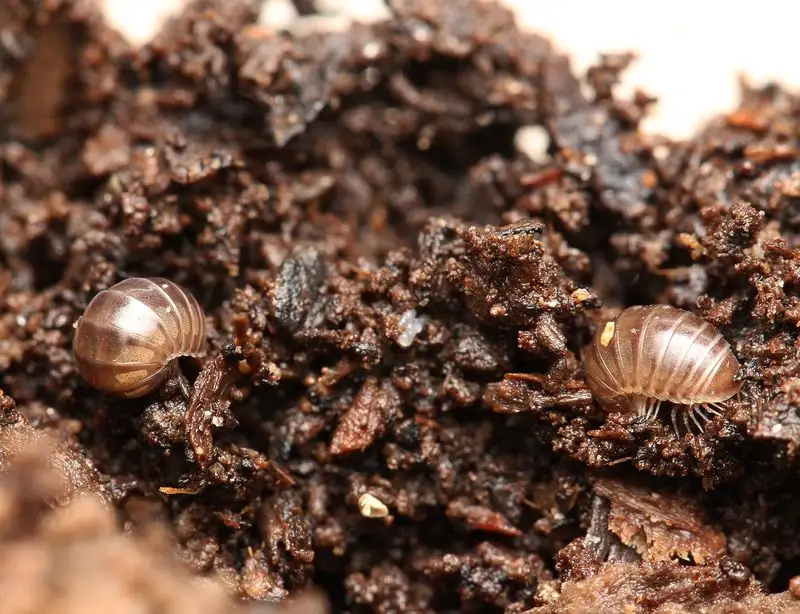
Millipedes are the gentle giants of the soil, feasting on decaying leaves and organic matter. They play an integral role in breaking down tough plant material, enriching the soil with nutrients.
With their numerous legs, these creatures move slowly but surely, helping aerate the soil. Interestingly, millipedes can have up to 400 legs!
Encourage their activity by providing leaf litter and organic mulch. Their presence is a good sign of a healthy decomposition process.
Beetles
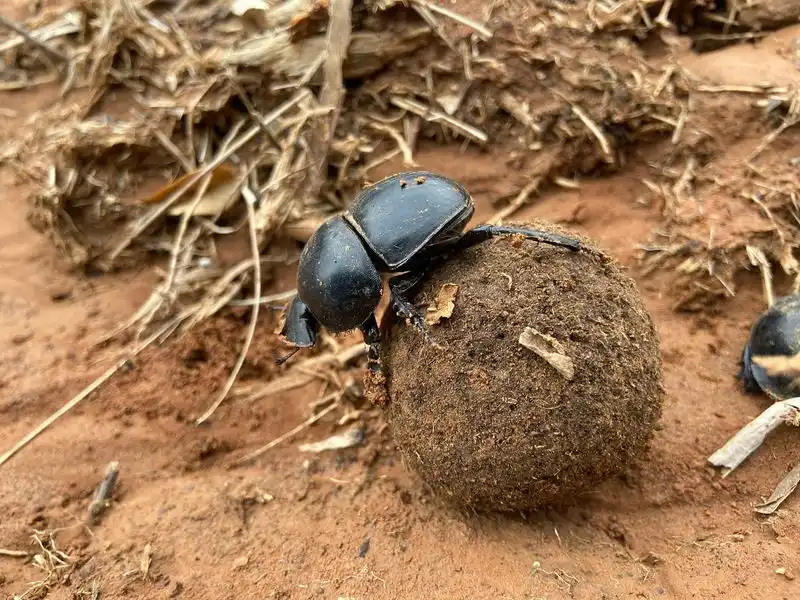
Beetles are versatile inhabitants of the soil, with many species aiding in the decomposition of organic matter. They help recycle nutrients and control pest populations.
These insects come in a variety of shapes and sizes, each with a unique role in the ecosystem. Some beetles are predators, preying on harmful insects.
Foster a beetle-friendly garden by reducing pesticide use and providing natural habitat. Their activities enhance soil health and biodiversity.

